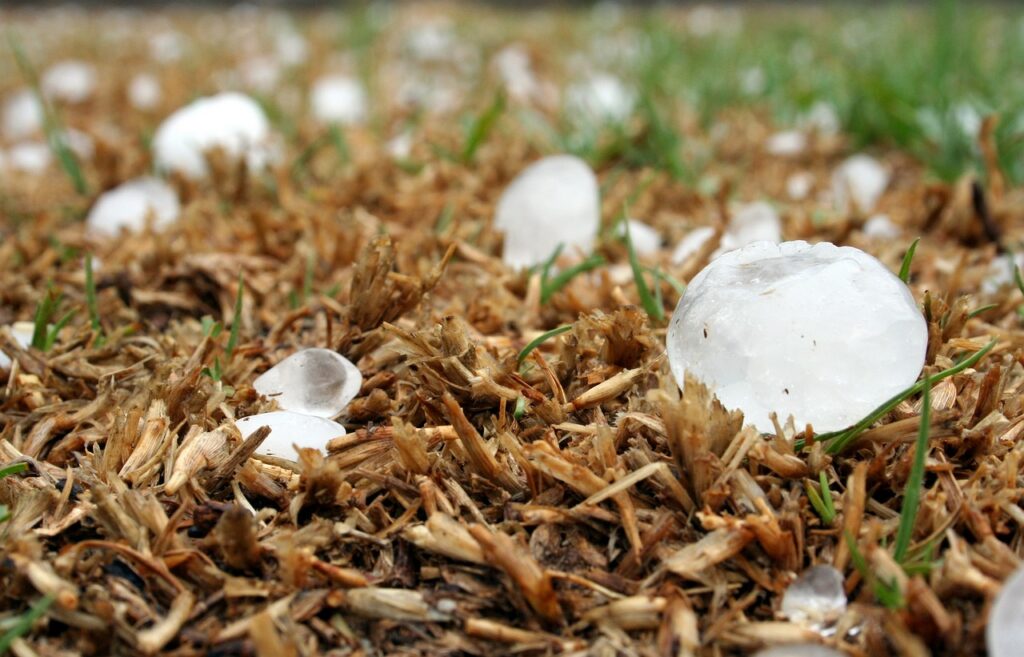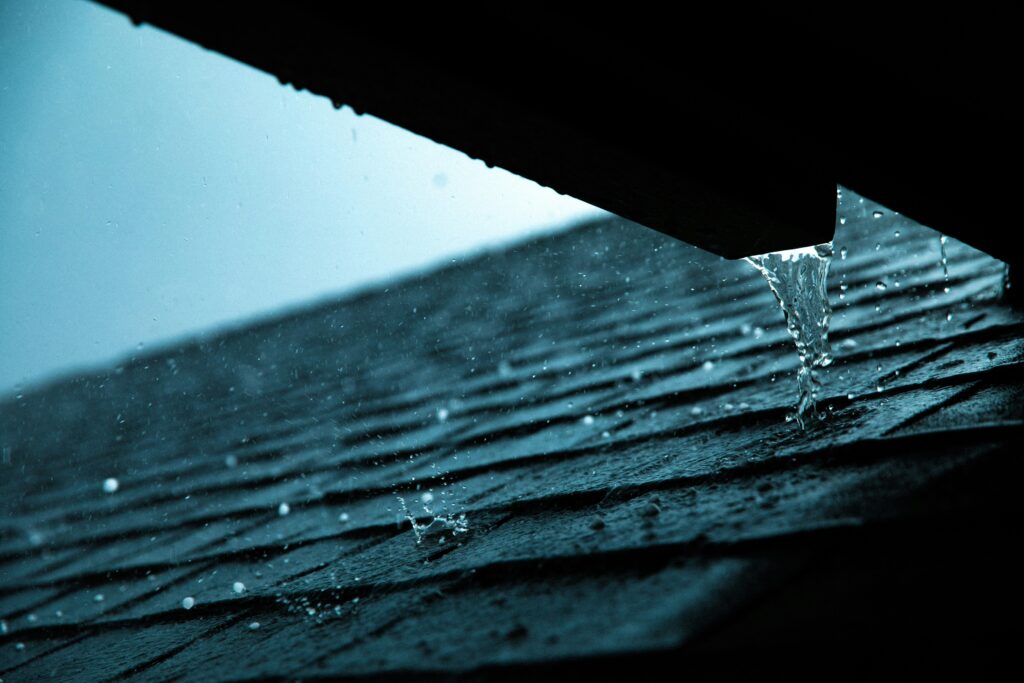When filing a hail damage claim, understanding key insurance terms can significantly impact your compensation amount. Two important concepts that often come up in hail damage claims in Colorado are Actual Cash Value (ACV) and Replacement Cost Value (RCV). These terms dictate how your insurance company calculates the payout for repairing or replacing hail-damaged property. Here’s what you need to know about ACV and RCV in the context of your hail damage claim.
What is Actual Cash Value (ACV)?
ctual Cash Value refers to the depreciated value of your property at the time it was damaged. When an insurance policy pays out based on ACV, the settlement reflects the current value of the item after accounting for depreciation, wear, and tear.
An ACV insurance claim payout deducts a certain percentage from the replacement cost based on the age and condition of the damaged item. ACV policies typically result in lower payouts as they consider the age of the property. For example, if your roof is 10 years old, the insurance company will reduce the payout based on its depreciated value. So, for a roof that costs $15,000 to replace but has depreciated by 50% over the years, the policyholder would receive $7,500 if they had an ACV policy.
What is Replacement Cost Value (RCV)?
Replacement Cost Value, on the other hand, provides coverage for the full cost of repairing or replacing the damaged property without factoring in depreciation. RCV policies pay the amount necessary to restore your property to its original condition and will use materials of similar kind and quality.
RCV policies ensure you can replace damaged items at today’s market prices, regardless of their age or condition. With RCV, you typically receive a higher payout, which helps cover the full cost of repairs or replacements. In the roof example from above, if your hail-damaged roof costs $15,000 to replace, an RCV policy would cover the full $15,000, assuming you meet the policy terms.
How Do ACV and RCV Affect Your Hail Damage Claim?
Depending on the type of homeowners insurance policy you have, claim payouts will differ following damage from a hail storm. Here are a few areas in which they do:
● Initial payouts – Many policies may initially pay you based on ACV and then reimburse the remaining amount up to RCV after repairs are completed. This means you may have to cover some upfront costs before receiving full compensation.
● Deductibles – Both ACV and RCV policies require you to pay a deductible, which will be subtracted from the claim settlement. Be aware that damage from hail storms may come with a separate wind and hail deductible
● Impact on repairs – If your policy only covers ACV, you may need to pay more out-of-pocket for repairs or replacements. RCV coverage helps ensure that you can fully restore your property without facing significant out-of-pocket expenses.
In general, ACV policies come with lower upfront premiums compared to RCV policies, but the sacrifice is that you then may not have sufficient funds to cover major repairs like a totaled roof.
Contact Us at Kandell, Kandell & Petrie Law Firm
Understanding the difference between ACV and RCV is crucial when filing a hail damage claim in Colorado. Review your homeowners insurance policy to determine which type of coverage you have, and consider the financial implications of each. If you’re unsure or believe you aren’t receiving the compensation you deservefor your hail damage claim, consult an attorney.At Kandell, Kandell & Petrie, we have more than 50 years of combined legal expertise in insurance law. We specialize in property insurance disputes in Colorado, Florida and Louisiana and are here to ensure you receive the relief you deserve for your hail damage insurance claim. If you need an advocate or simply help navigating the complex insurance claim process, turn to our team of legal experts today. Call us at 720-277-9987 to speak to one of our Denver claims advisors.



